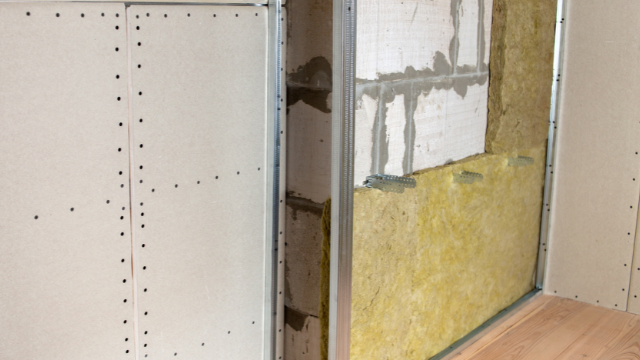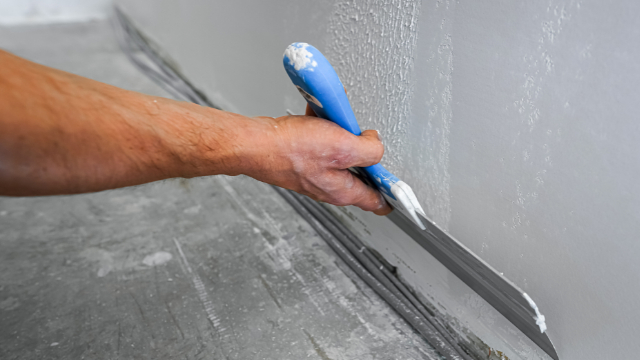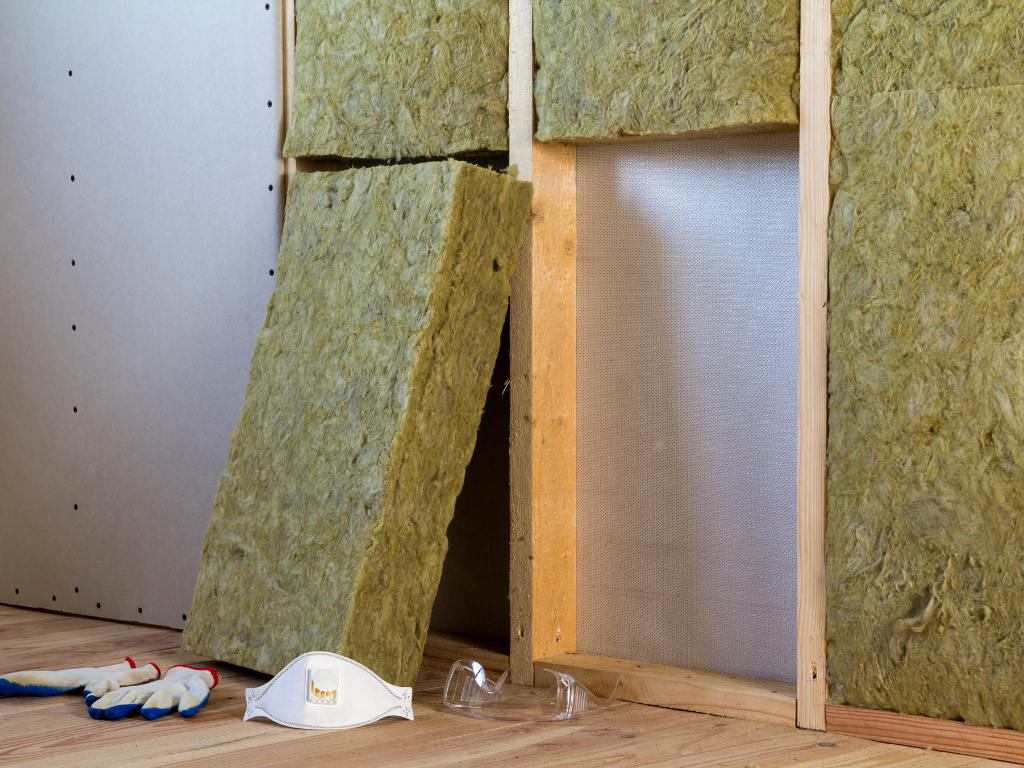Hey there, homeowner! Ever found yourself stuck in the insulation aisle, gazing at all those different materials and wondering which one is the “one”? Well, you’re not alone. Insulation is a big deal—it keeps our homes warm, our energy bills low, and even helps keep pests at bay. Today, we’re focusing on two popular types: cellulose and spray foam insulation. Let’s dive in, shall we?
Breaking it Down: What is Insulation?
Insulation isn’t just about keeping your home warm in winter and cool in summer (although it’s great at that). It’s also about reducing the amount of energy you need to heat or cool your home. And when it comes to insulation, the two types that you’ll likely hear about are cellulose and spray foam.
Cellulose Insulation: The Basics
Cellulose insulation is pretty old school. It’s primarily made from recycled paper products, so it’s a win for the environment. This insulation is typically blown into attics, walls, and other areas needing insulation. It’s great at slowing down heat flow, and it’s pretty affordable.
Spray Foam Insulation: An Overview
On the flip side, we have spray foam insulation. It’s a more modern player in the insulation game, and it’s a bit more high-tech. Spray foam expands and hardens upon application, creating a tight seal against air leakage. It’s super effective, but it does tend to be more expensive than cellulose.
Comparing the Two: Cellulose vs Spray Foam
So, which one should you choose? Well, that depends on a few factors, such as your budget, your home’s specific needs, and your personal preferences. Here are a few key points to consider:
- Cost: Cellulose insulation is typically less expensive than spray foam. However, spray foam might save you more on energy bills in the long run.
- Installation: Spray foam requires professional installation due to its expanding properties and potential health risks if not handled correctly. Cellulose can often be a DIY project.
- Pest Control: Both cellulose and spray foam have pest-resistant qualities, but cellulose is often treated with borate, which can deter insects and rodents.
- Environmental Impact: Cellulose is made from recycled materials and is considered more eco-friendly. Spray foam, while effective, has a higher environmental impact due to its chemical makeup.
Final Thoughts
Choosing the right insulation isn’t always easy, but with some information and consideration, you can make a decision that suits your home’s needs. Remember, insulation is an investment in your home’s comfort, energy efficiency, and even its value. Whether you opt for cellulose or spray foam, you’re taking a step towards a warmer, cozier home. So go on, take that step!
Source: itishouse.com




